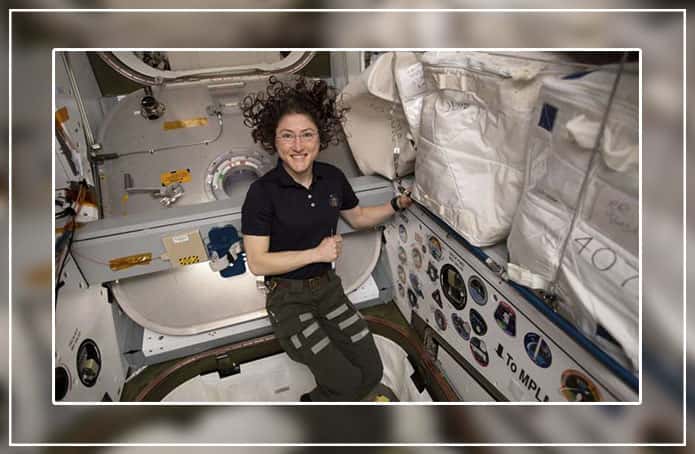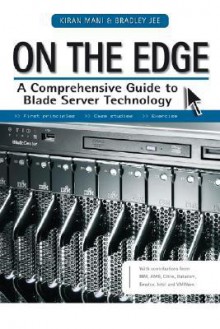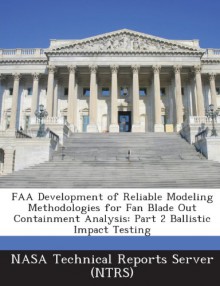Latest research report on ‘Blade Server Market’ delivers a comprehensive study on current market trends. The outcome also includes revenue forecasts, statistics, market valuations which illustrates its growth trends and competitive landscape as well as the key players in the business.
Key Players in the Blade Server Market Report
The major players in the global blade server market are Cisco, Dell, Silicon Graphics International Corp., HP Development Company, L.P., Hitachi, Oracle, FUJITSU, NEC Corporation, Huawei Technologies Co., Ltd., and Lenovo.
Get Sample Copy of this Report: https://brandessenceresearch.com/requestSample/PostId/618
Scope of The Report:
The blade server market share 2017 will see noticeable development due to increasing burden on data centers paired with an extensive employment of space for data center. Replacement of traditional rack and tower servers with blade servers due to moderately less power and space consumption will additionally power the growth of blade server market. The increasing trend of consolidation and virtualization of data center hubs will provide immense potential to the market in the years to come.
Rise In Acceptance Of Virtualized Applications Driving The Blade Server Market
Rise in acceptance of virtualized applications, rising load on data hubs, effectual utilization of space for data center are some of major factors driving the blade server market. In addition to this, price reduction in expenses such as cooling cost, cabling cost, and low power usage as compared to rack servers are the other major reasons adding to the development of blade server market. On the other hand, complexity involved in installing, high initial spending for the buying of blade server unit, and restricted storage and expansion capacity are some reasons hampering the development of blade server market.
Key Market Segments:
By Types:
Universal Server
Dedicated Server
By Application:
Government
Telecom Industry
Education Industry
Financial Industry
Others
Nowadays, enterprises struggle for a mutual management service to streamline each step of IT processes and to pace the services’ delivery. A blade server offers such type of incorporated service in an enterprise by housing various modules in a sole framework. It works as a stripped-down typical adaptive server with a unique design that saves energy and space, while refraining a number of the conventional I/O and storage features typical of standalone and rack server systems. It has its own memory, processor, operating system, and storage. Each blade server servers as a sole server and can be devoted to a sole application. Jobs such as database hosting, file sharing, application hosting, audio and video content streaming, and virtual server platforms hosting can be attained using blade servers.
Table of Content
Chapter 1 Global Blade Server Market: Summary and Quantitative Analysis
1.1 Report Description
1.2 Global Blade Server Market Revenue Overview
1.3 Global Blade Server Market Revenue (USD Billion) and Growth (%) Rate, 2015- 2025
Chapter 2 Global Blade Server Market: Overview and Qualitative Analysis
2.1 Executive Summary
2.2 Market Drivers
2.2.1 Increasing need to improve the process in order to comply with new standards is anticipated to witness a high growth of Blade Server Market
2.3 Market Restraints
2.4 Market Opportunities
Chapter 3 Competitive Analysis
3.1 Global Blade Server Market
3.1.1 Global Blade Server market Revenue (USD Billion), By Players 2018
3.1.2 Global Blade Server Market Revenue Share (%), By Players 2018
Chapter 5 Global Blade Server Market: By Types
5.1 Global Blade Server Market Share (%), By Types, 2018
5.2 Global Blade Server Market Revenue (USD Billion), By Types, 2015–2025
5.3 Global Blade Server Market Revenue (USD Billion), Based,2015–2025
Continued…………..
Purchase Complete Report @ https://brandessenceresearch.com/Checkout?report_id=618
About Us:
We publish market research reports & business insights produced by highly qualified and experienced industry analysts. Our research reports are available in a wide range of industry verticals including aviation, food & beverage, healthcare, ICT, Construction, Chemicals and lot more. Brand Essence Market Research report will be best fit for senior executives, business development managers, marketing managers, consultants, CEOs, CIOs, COOs, and Directors, governments, agencies, organizations and Ph.D. Students.
Contact us at: +44–2038074155 or mail us at sales@brandessenceresearch.com


 Log in with Facebook
Log in with Facebook 











